Zirconium Nitride Sputtering Target Description
Zirconium Nitride sputtering target from TFM is a nitride ceramic sputtering material with the chemical formula ZrN.
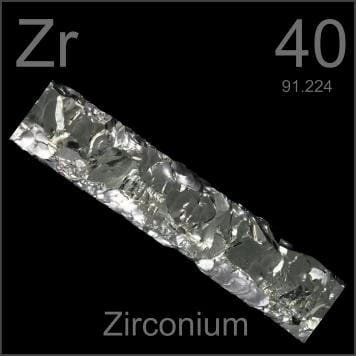 Zirconium is a chemical element that originates from the Persian word ‘zargun,’ meaning gold-colored. It was first mentioned in 1789 and observed by H. Klaproth. The element was later isolated and announced by J. Berzelius. The canonical chemical symbol for zirconium is “Zr,” and it is positioned at atomic number 40 on the periodic table, located in Period 5 and Group 4 within the d-block. The relative atomic mass of zirconium is 91.224(2) Dalton, with the number in brackets indicating the uncertainty in measurement.
Zirconium is a chemical element that originates from the Persian word ‘zargun,’ meaning gold-colored. It was first mentioned in 1789 and observed by H. Klaproth. The element was later isolated and announced by J. Berzelius. The canonical chemical symbol for zirconium is “Zr,” and it is positioned at atomic number 40 on the periodic table, located in Period 5 and Group 4 within the d-block. The relative atomic mass of zirconium is 91.224(2) Dalton, with the number in brackets indicating the uncertainty in measurement.
Related Product: Zirconium Sputtering Target
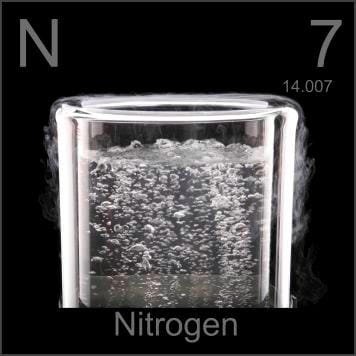 Nitrogen is a chemical element that derives its name from the Greek words ‘nitron’ and ‘genes,’ which mean nitre-forming. It was first identified in 1772 by Daniel Rutherford, who is also credited with isolating the element. Nitrogen’s chemical symbol is “N,” and it occupies atomic number 7 on the periodic table. It is situated in Period 2 and Group 15, within the p-block. The relative atomic mass of nitrogen is 14.0067(2) Dalton, with the figure in brackets indicating the uncertainty in this measurement.
Nitrogen is a chemical element that derives its name from the Greek words ‘nitron’ and ‘genes,’ which mean nitre-forming. It was first identified in 1772 by Daniel Rutherford, who is also credited with isolating the element. Nitrogen’s chemical symbol is “N,” and it occupies atomic number 7 on the periodic table. It is situated in Period 2 and Group 15, within the p-block. The relative atomic mass of nitrogen is 14.0067(2) Dalton, with the figure in brackets indicating the uncertainty in this measurement.
Zirconium Nitride Sputtering Target Specification
| Material Type | Zirconium Nitride |
| Symbol | ZrN |
| Color/Appearance | Yellow-brown |
| Melting Point | 2980 °C |
| Density | 7.09 g/cm3 |
| Available Sizes | Dia.: 2.0″, 3.0″, 4.0″, 5.0″, 6.0″ Thick: 0.125″, 0.250″ |
Zirconium Nitride Sputtering Target Application
The zirconium nitride sputtering target is primarily utilized in thin film deposition processes. Its applications span various industries, including decoration, semiconductor manufacturing, display technology, LED production, and photovoltaic devices. It is also used for functional coatings in optical information storage, as well as in glass coating industries for car and architectural glass. Additionally, zirconium nitride is beneficial in optical communication technologies.
Zirconium Nitride Sputtering Target Packaging
Our zirconium nitride sputtering targets are meticulously tagged and labeled to ensure clear identification and stringent quality control. We prioritize careful handling and packaging to prevent any damage during storage and transportation, ensuring that our products arrive in pristine condition.
Get Contact
TFM offers Zirconium Nitride Sputtering Targets in various forms, purities, sizes, and prices. We specialize in high-purity thin film deposition materials with optimal density and minimal grain sizes, which are ideal for semiconductor, CVD, and PVD applications in display and optics. Contact Us for current pricing on sputtering targets and other deposition materials that are not listed.


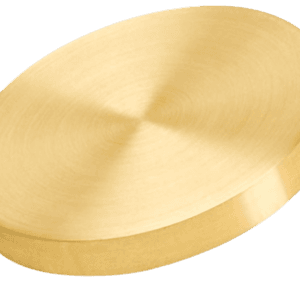
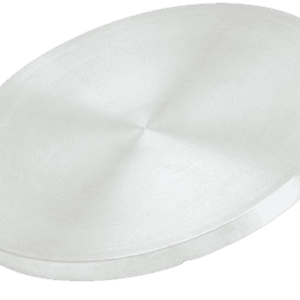
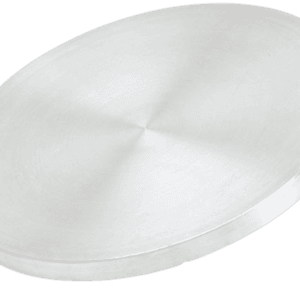
Reviews
There are no reviews yet.